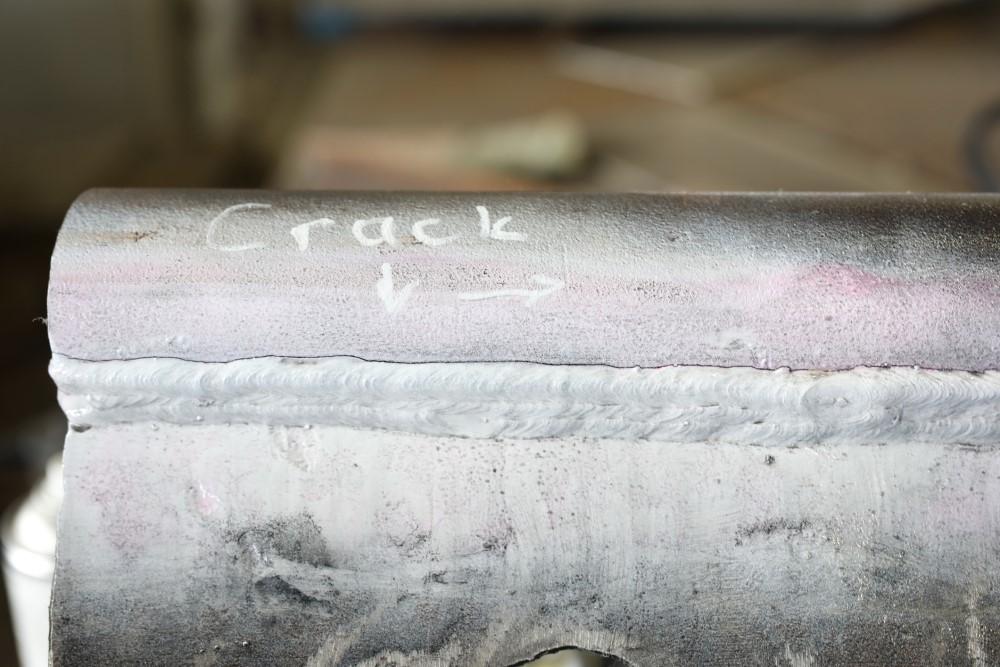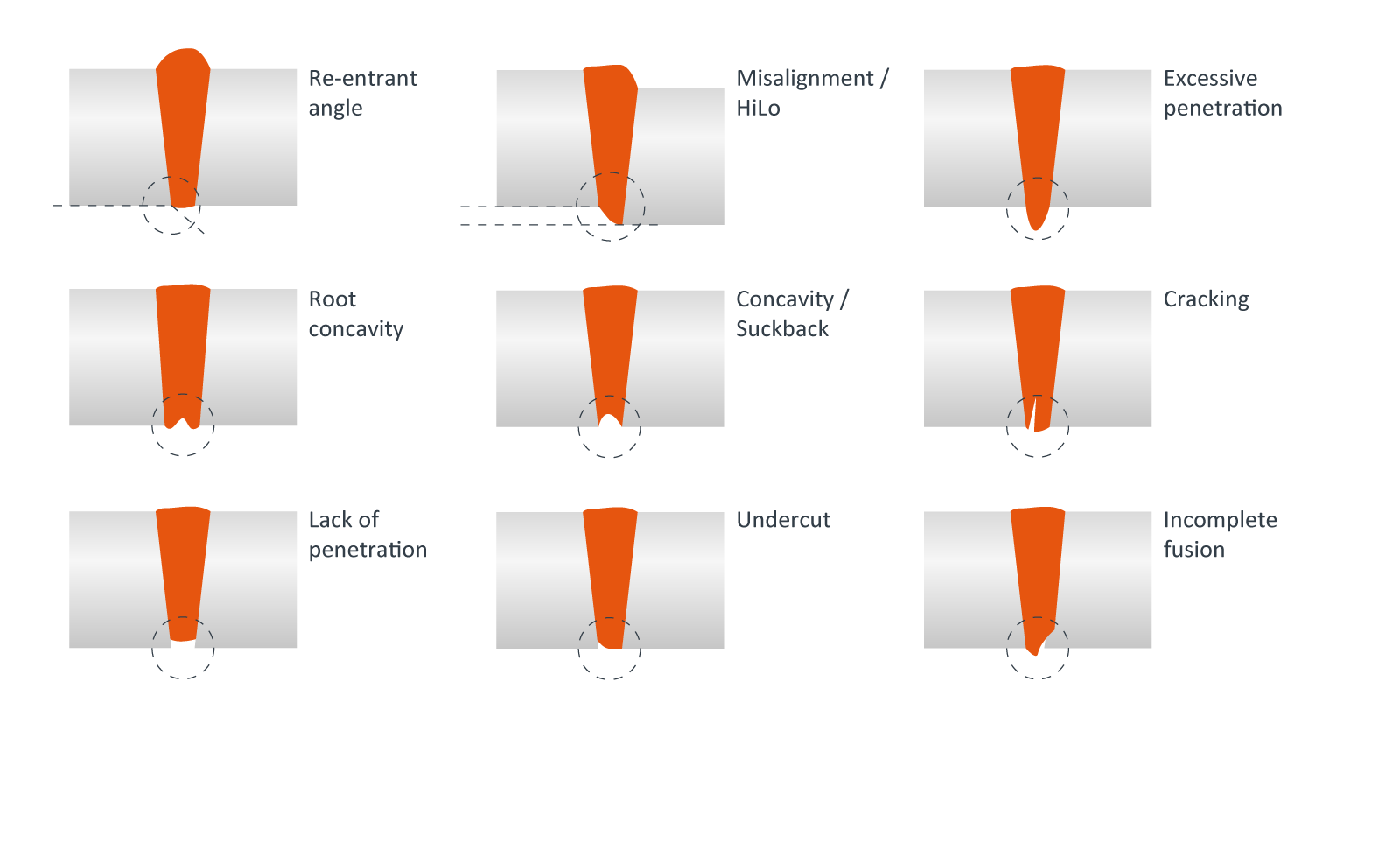Essential Tips for Welders: Avoiding Undercut Welding and Ensuring Stronger Weld Joints
In the world of welding, accomplishing strong and resilient weld joints is the keystone of generating top notch job. One typical difficulty that welders frequently encounter is undercut welding, which can compromise the honesty of the weld joint.

Comprehending Undercut Welding
Undercut welding is a common welding issue that happens when the weld metal stops working to properly fill up the groove and results in a groove-like anxiety along the weld grain. This problem damages the weld joint, making it prone to breaking and failing under anxiety. Damaging can be triggered by different variables, including extreme welding existing, high welding speed, incorrect electrode angle, wrong electrode dimension, and poor welding method.
Among the major reasons for undercut welding is a discrepancy in between the welding existing and the welding rate. If the welding current is too expensive or the welding speed is as well quickly, the weld steel may not effectively load the groove, leading to undercutting. Furthermore, making use of an electrode that is as well huge can result in a similar outcome, as the excess metal can not appropriately move right into the groove.
To prevent undercut welding, welders ought to ensure they are utilizing the right welding specifications, keep an ideal electrode angle, pick the ideal electrode dimension, and technique correct welding strategies. By addressing these factors, welders can minimize the risk of undercutting and create stronger, more dependable weld joints.
Proper Welding Technique
Effective welding technique plays a crucial role in ensuring the top quality and honesty of weld joints. Correct welding strategy includes a combination of skill, precision, and adherence to ideal techniques. One essential element of proper welding technique is keeping the right angle and distance between the welding weapon and the work surface. Welders need to likewise pay attention to the travel rate and warm input to stop issues like damaging, porosity, or incomplete combination.
In addition, a constant and constant hand movement is essential for producing strong and sturdy weld joints. Welders ought to intend for smooth, uniform activities to make sure also distribution of the weld product. Appropriate control of the welding gun and filler product is also crucial to achieving ideal infiltration and fusion.
Moreover, controlling the warm input and picking the suitable welding criteria based on the material being bonded are crucial consider achieving high-grade welds - Preventing weld undercut. Welders ought to adhere to the recommended settings given by welding procedure requirements and adjust them as needed based on the details requirements of the job. By mastering appropriate welding strategies, welders can significantly improve the strength and dependability of their weld joints
Picking the Right Electrode
Maintaining the appropriate angle and distance between the welding weapon and the work surface is basic when considering the value of picking the appropriate electrode in welding applications. The choice of electrode plays a vital function in establishing the top quality and toughness of the weld joint. Electrodes can be found in numerous kinds, each made for specific purposes and products.
To start with, picking the proper electrode size is essential. Thinner electrodes are appropriate for welding slim products, while thicker electrodes are better for thicker products and greater warmth applications. Matching the electrode size to the thickness of the workpiece helps achieve a well balanced weld.
Second of all, recognizing the product make-up of the electrode is crucial. Various electrodes are developed for welding particular materials like steel, stainless steel, light weight aluminum, or cast iron. Making use of the right electrode product guarantees good fusion and minimizes the threat of flaws in the weld.
Finally, thinking about the welding position and technique is crucial when picking the electrode type. Particular electrodes are better fit for overhanging or vertical welding settings, while others function well for level or horizontal settings. Choosing the right electrode based on the welding strategy boosts the overall weld top quality and integrity.
Preparing the Base Metal
To ensure a successful welding process, what preliminary steps should be taken when preparing the base metal for welding? Effectively preparing the base steel is important for attaining solid and durable weld joints. The primary step in preparing the base metal is to clean it completely to eliminate any type of pollutants such as corrosion, oil, dust, or paint. This can be done making use of a cord mill, brush, or chemical solvents. Furthermore, any existing weld material or residue from previous welding ought to be removed to guarantee a clean surface area for the brand-new weld.

Conducting Post-Weld Inspections

After performing these analyses, welders have to contrast the results against industry criteria and task demands to make sure that the weld joint satisfies all required criteria. Any kind of variances or inadequacies uncovered during the post-weld evaluation ought to be promptly resolved with suitable corrective actions to ensure the weld's integrity. By faithfully doing post-weld evaluations and promptly resolving any type of issues, welders can description promote the high quality and reliability of their job, eventually adding to the safety and security and durability of the bonded structures.
Final Thought

To conclude, preventing undercut welding and making certain stronger weld joints call for a combination of correct welding method, choosing the appropriate electrode, preparing the base steel correctly, and performing post-weld evaluations. By recognizing the reasons for undercut welding and applying the required preventative measures, welders can produce high-grade weld joints that meet sector standards and guarantee the architectural integrity of the welded parts.
Undercut welding is a common welding problem that takes place when the weld steel falls short to correctly fill up the groove and results in a groove-like depression along the weld bead (Preventing weld undercut). Damaging can be caused by different variables, including excessive welding present, high welding rate, inappropriate electrode angle, incorrect electrode size, and bad welding strategy
One of the major reasons for undercut welding is an imbalance between the welding existing and the welding rate. If the welding current is too high or the welding speed is too quick, the weld right here steel might not adequately fill the groove, leading to undercutting.Preserving the right angle and range in between the welding weapon and the work surface is basic when considering the importance of choosing the best electrode in welding applications.